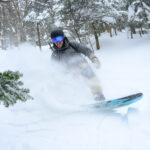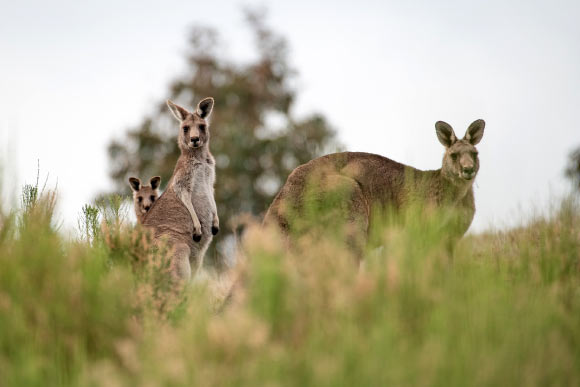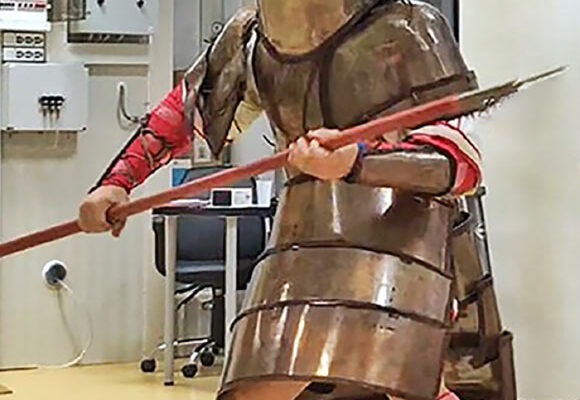
Addressing hidden hunger in developing countries: Study investigates genetic information of millet
Millet, the grain, is having a moment. The United Nations declared 2023 the International Year of Millets. And last September, leaders at the G20 Summit in India were treated to a smorgasbord of dishes and desserts all made from millets. Millet, the grain, is having a moment. The United Nations declared 2023 the International Year of…










